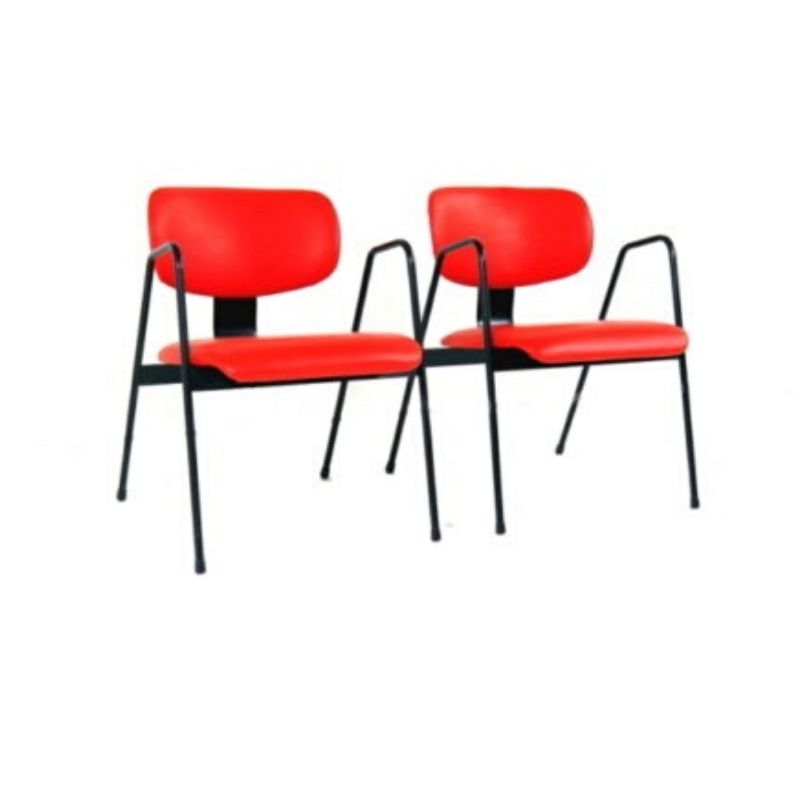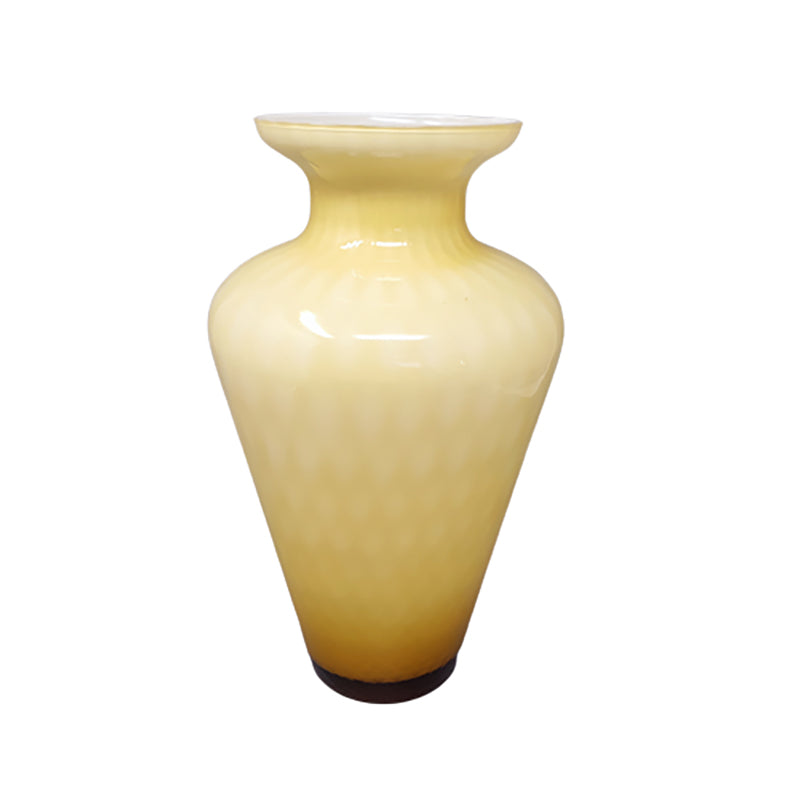I recently acquired this side table which I think is made from Rosewood along with bent rosewood legs. I've never heard of the Norwegian Firm that produced it -- Ganddal Mobelfabrikk. Does anyone know any background information on the company such as when it was in business and who its designers were? Also, can anyone roughly date when this piece was produced based on its design and materials? Is there a particular design terminology I could use to describe it? For example, how should I describe the legs -- is it correct to say bent or molded rosewood? Thanks!Joseph <img class="wpforo-default-i
<img class="wpforo-default-i
I can't help with attribution, but while the top of your table appears to be of nicely figured rosewood veneer, the trestle-style leg/base assembly does not. I would suspect other species like beech or birch that have been stained or had a colored finish applied.
Here in the US, the correct term to describe this type of construction would be "bent-laminated".
I think the base is stained beech based on the rays and well delineated rings. But it is hard to tell in those photos. Regardless, tktoo is right that the base is stained something and not rosewood.
The color of the rosewood top has faded with time, and it is likely the case that the top and base matched much more closely in tone when it left he factory.
I only know a very small amount about Ganddal Møbelfabrikk. It made a few good looking pieces. I have seen the name Aase Dreieri associated with the name recently. I don't know whether he is the owner, a designer, both, neither, or even completely unrelated (the Internet can do that).
Norwegian pieces are often hard to identify, and hard to find designers and other information. You will probably have to rely on your own research.
My suspicion is that this piece is later (70s, 80s). But maybe that is because the base reminds me of contemporary things like IKEA's Poang.... The rosewood puts a definite end date on it of when it bacme CITES listed.
Many thanks tktoo and leif ericson for your information. I greatly appreciate it!
One other question: Does anyone know what kind of wood is used as substrate to which the Rosewood Veneer was added? I apologize if I'm totally messing up the terminology (I'm very new to this field and having great fun learning a new vocabulary). I'm referring to the single slab of wood that serves as the table surface. A close up of the texture of this wood is apparent in the picture with the company label. Thanks again for your time, expertise and assistance!
Joseph, what you see on the underside is called the "counter veneer" put there to "counter" the top or face veneer. The technique generally employs a veneer of similar thickness and properties as that used on the face side to balance the laminate sandwich and minimize warpage. Veneers or thicker strips of solid wood attached to the edges are known as "edgebanding".
I can't ID the particular specie, but it looks to be another tropical hardwood.
The substrate is probably either particle board or plywood. Sometimes you can tell which by weight, with plywood generally being noticeably lighter than the former. Typically, counter veneer would be applied to either.
tktoo, thanks again! You're completely right. After reading your comment I flipped the table over and inspected the counter veneer more closely and found a spot where it had chipped away to reveal the particle board substrate underneath. Very cool. I'd be lying if I didn't say I'm a little bummed it's not solid rosewood, but not surprised either since the person from whom I acquired it advertised it for free on Craigslist (and who gives away solid rosewood furniture?), but I paid her $40 to jump to the head of the line of folks responding to the craigslist post. Regardless of the disappointment, this has been incredibly educational for a newbie like me and now I know some new details to look for or ask about in the future. Thanks again all around to everyone.
cdsilva, looking at the piece from the side, it seems like there might be a slight bow, perhaps not unexpected now that I know the substrate beneath the veneer is particle board. Thanks for pointing this out. You guys have sharp eyes and great detective skills!
One other detail I learned. The company sticker refers to the company as "Ganddal Mobelfabrikk" and then it says "4300 Sandnes" and "Made in Norway". After doing some research, I learned that Sandes is a town in Norway with a population about 75000 and Ganddal is the name of the industrial district within the town of Sandnes. I assume the word "mobelfabrikk" is Norwegian for furniture manufacturer or something like that (google translate didn't offer any insights). So the company name basically says this came from a furniture maker in the industrial district of Ganddal within the town of Sandes, Norway.
Mobelfabrikk means "furniture factory". It's spelled almost same in Danish and probably Swedish too.
There are hardly any case goods made of solid rosewood! There might be some solid rosewood tabletops out there but most of those are veneer, too. Even back in the 50s and 60s it was too precious for those applications. Veneer was used whenever possible.
If you need any help, please contact us at – info@designaddict.com









